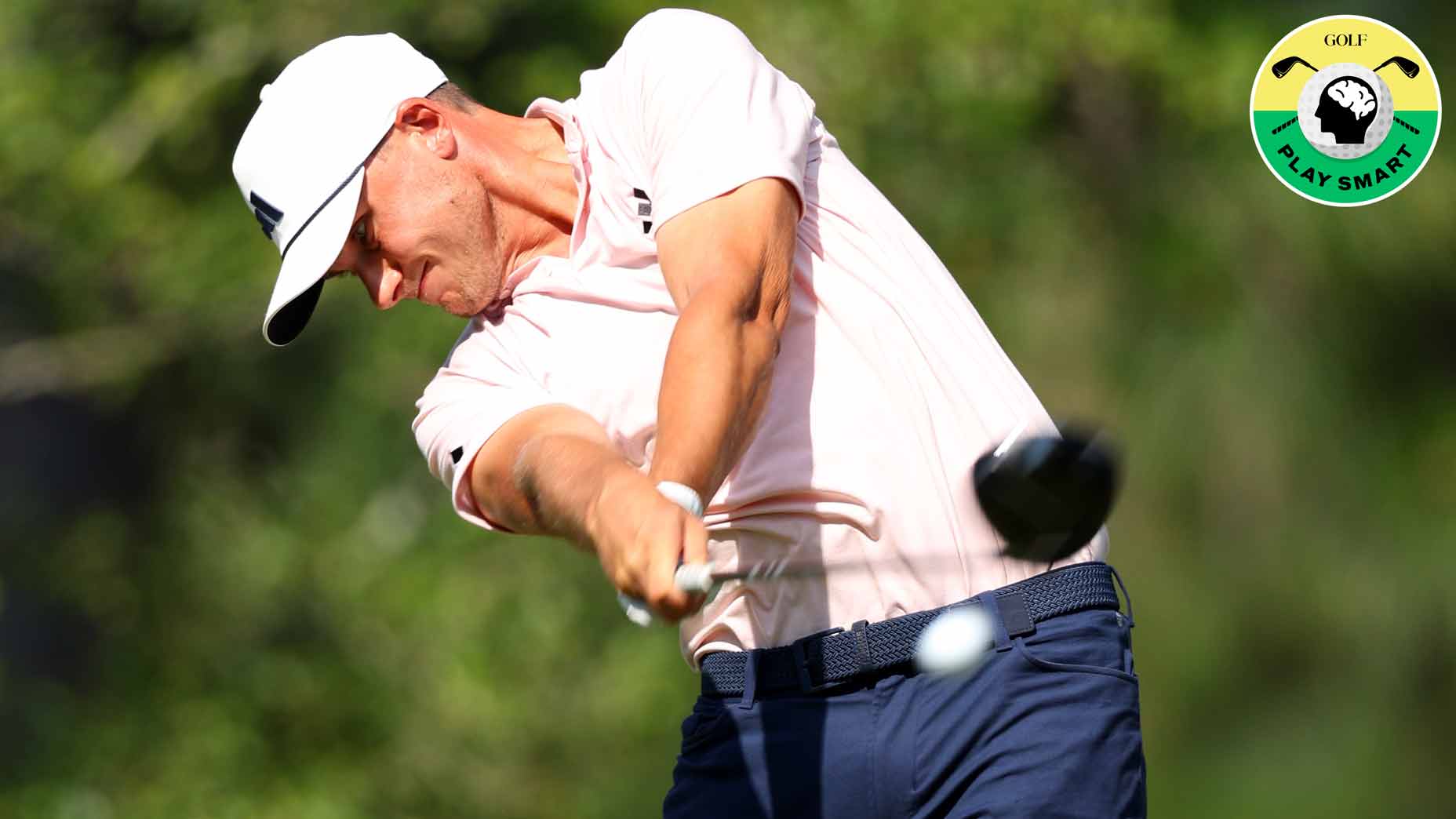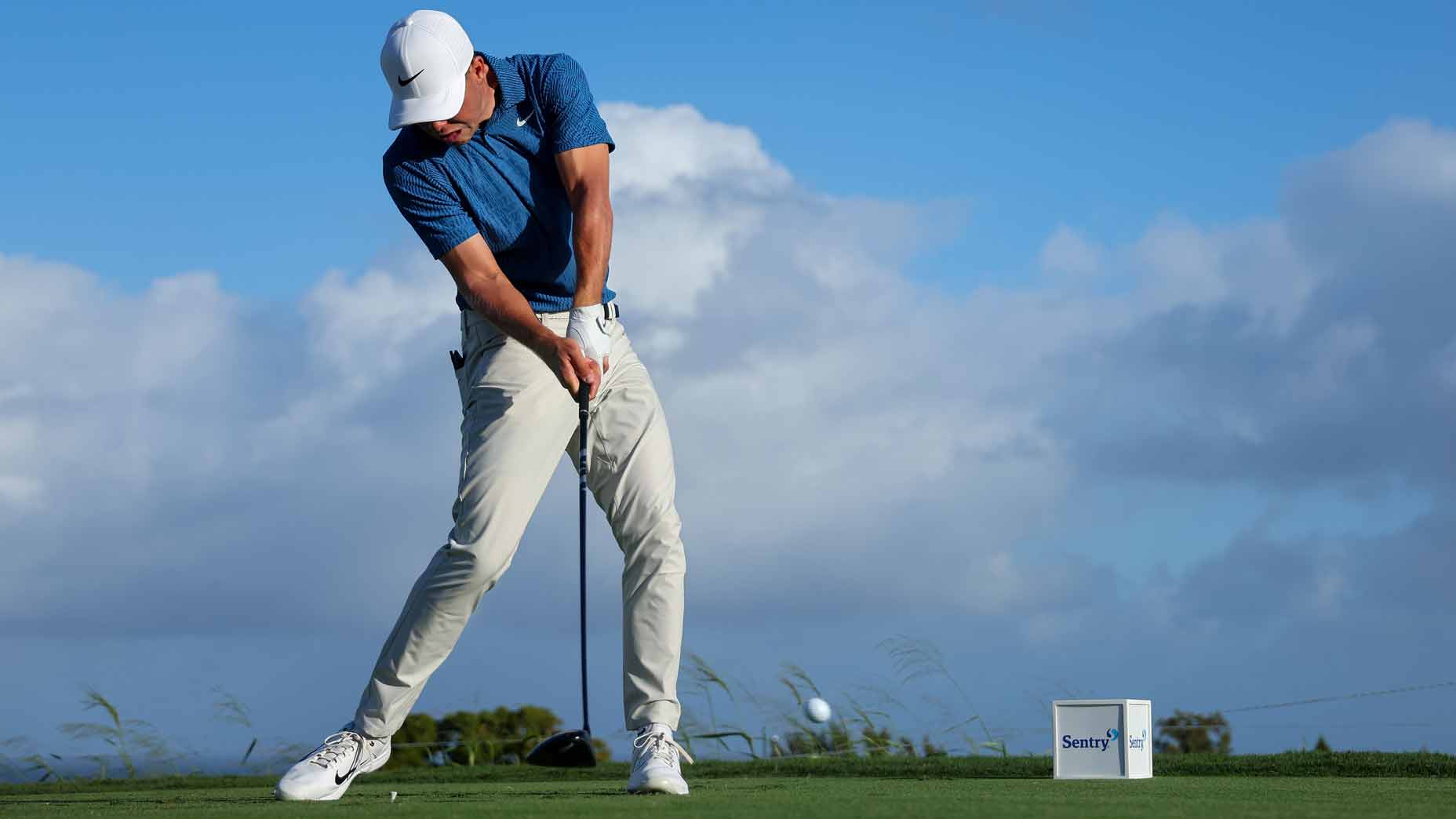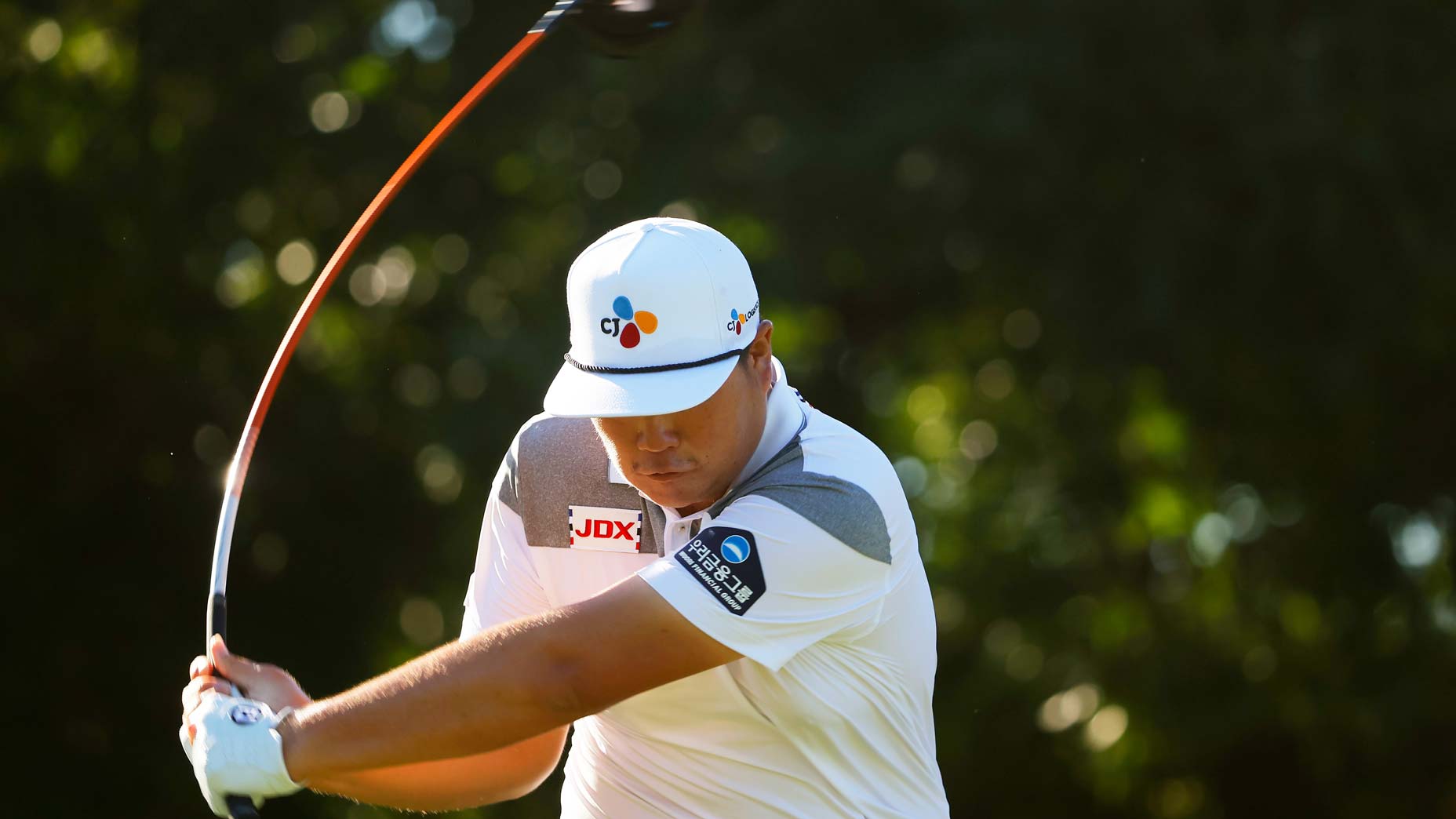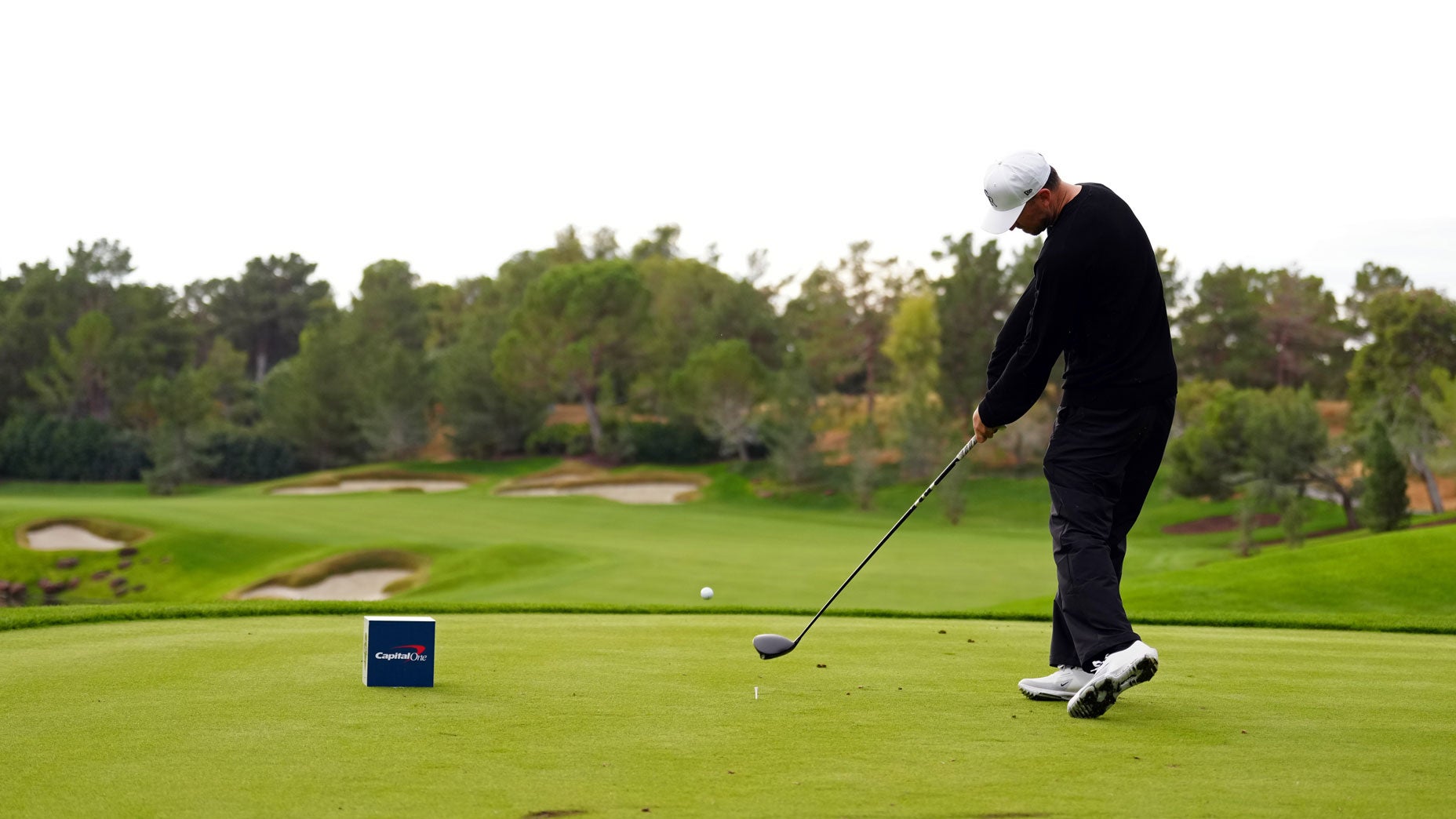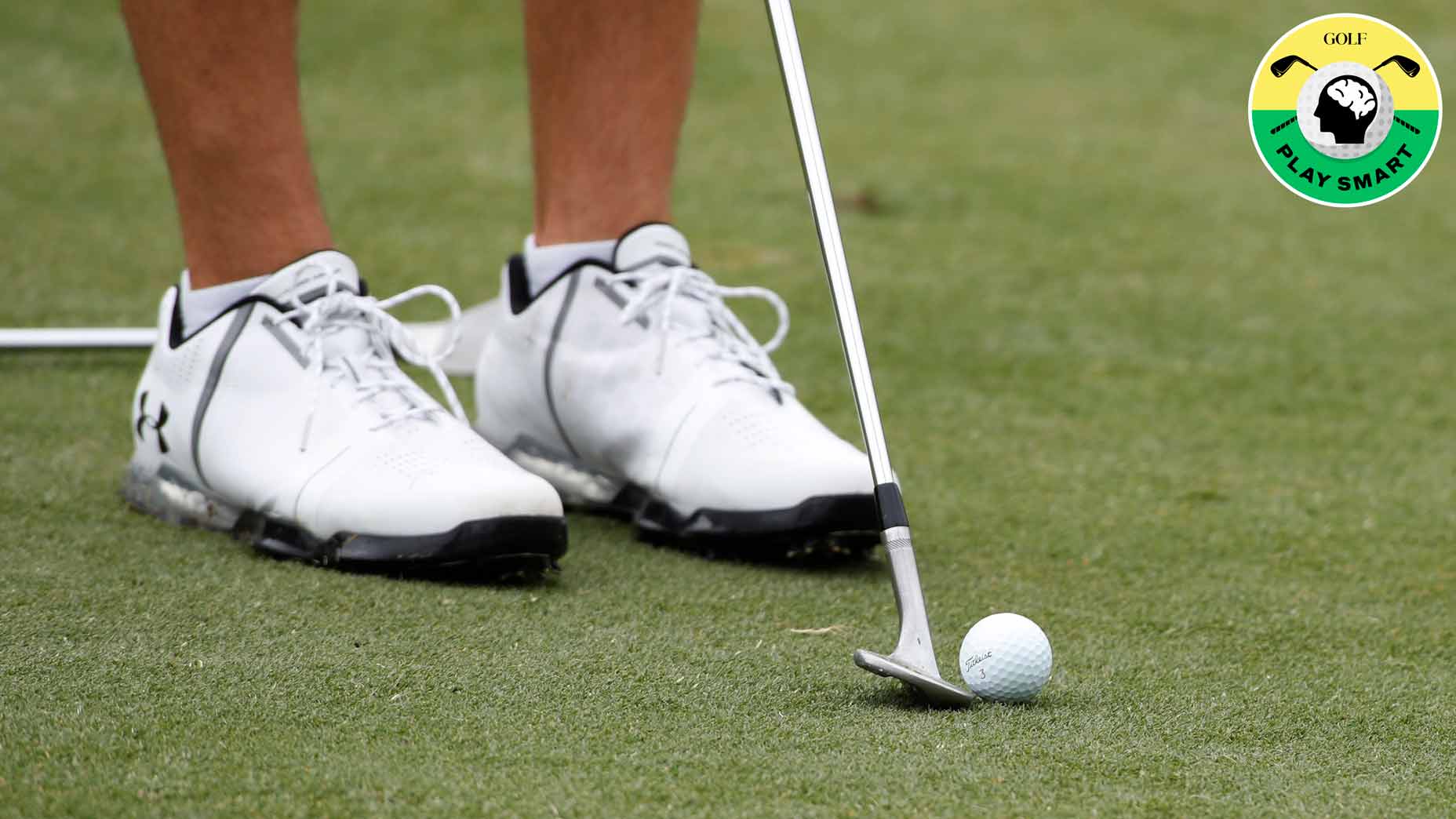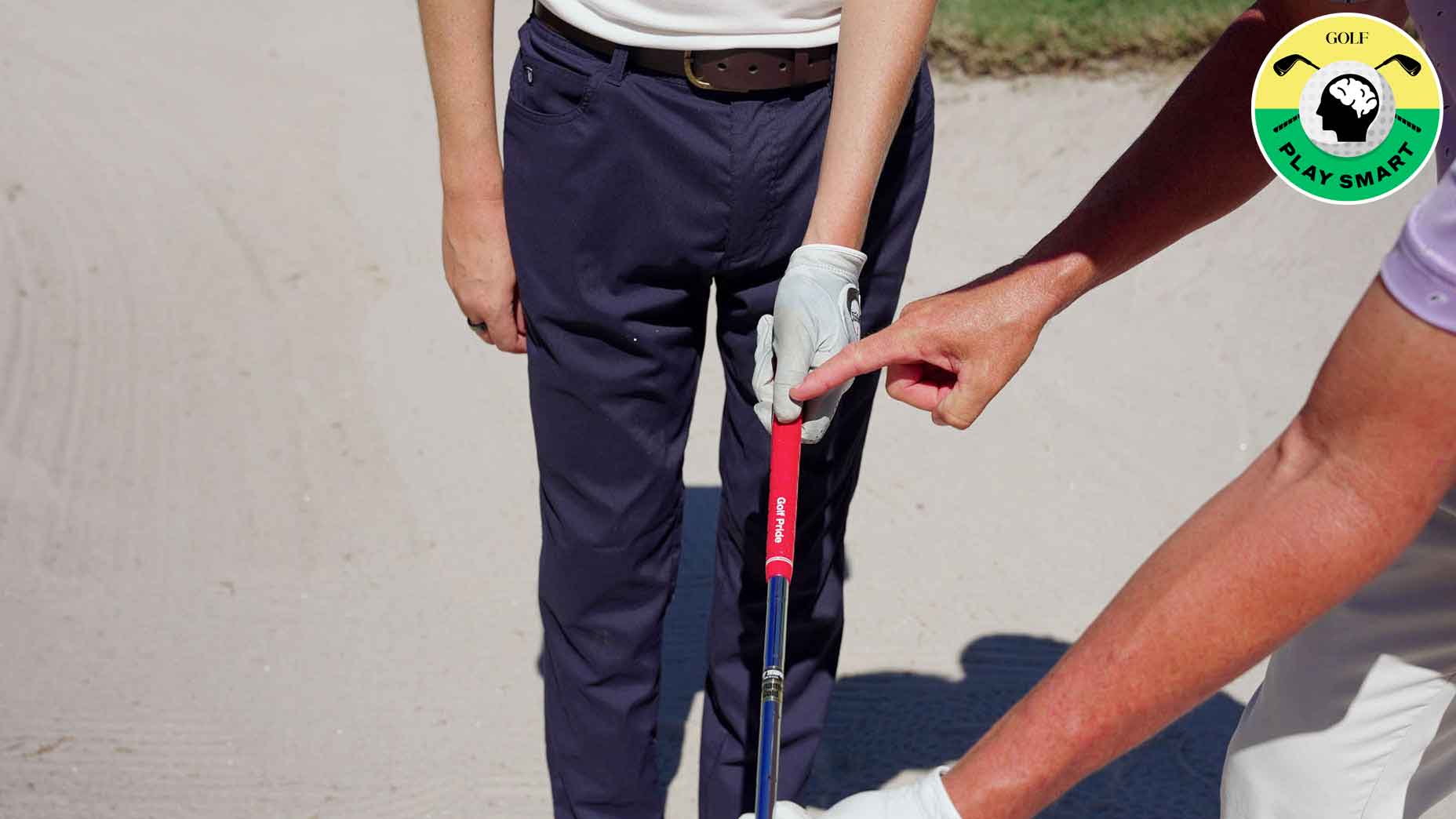Welcome to Play Smart, a regular GOLF.com game-improvement column that will help you play smarter, better golf.
Ludvig Aberg is one of the brightest young stars in golf. In just his first year as a professional, the Swede has won on both the PGA Tour and DP World Tour, played on a winning Ryder Cup team and finished runner-up at the Masters. If you’re looking for the next big thing in golf, it may well be Aberg.
The 24-year-old is dazzling once again this week. Through 36 holes of the U.S. Open, Aberg holds the solo lead at five under. He’s made just four bogeys over the first two rounds at Pinehurst No. 2, expertly dissecting Donald Ross’ diabolical design en route to the lead at the halfway point.
One remarkable thing about Aberg’s game is that he (seemingly) has no weaknesses. He ranks inside the top 10 in SG: Total and picks up strokes in every individual category. If you were going to create the prototypical superstar golfer, his attributes would be a great starting point.
Aberg’s greatest superpower as a golfer comes in the form of his driving. Not only is straight off the tee (hitting 68 percent of fairways), but he’s also long, averaging 307 yards per poke. That combination is lethal, and it has Aberg ranked third on Tour in Total Driving this season.
His driving prowess was a huge reason why he leads through 36 holes at Pinehurst. So far, the Swede has missed just two fairways for the week (tops in the field) and sits in the top 15 in driving distance.
While it’d be nice to have both accuracy and power, it’s best if we aim to master one ability at a time. And in today’s edition of Play Smart, we’ll take a look at the subtle move Aberg uses to generate his power.
Brandel just noted on the broadcast how Ludvig’s lead foot moves fractionally away from the target in response to how hard he is pushing down and away on the downswing.
— TPI (@MyTPI) June 14, 2024
Equal and opposite.
Some good examples here
🎥 @PGATOUR
pic.twitter.com/zptPLQXW06
How Ludvig Aberg generates power
If you watch Aberg hit driver, you’ll begin to notice something about the way his lead foot moves. During the downswing, it will move slightly back and away from the target.
Why does this happen?
It has to do with the way he uses the ground. As Aberg begins the downswing, he shifts his weight into the front foot and pushes into the ground (known as ground reaction forces). This push is met with resistance from the ground, which in turn pushes back.
When the ground pushes back, it causes Aberg’s lead foot to move in the opposite direction of that initial push. This is where the movement of his foot back and away from the target comes from.
Recreational players can learn a lot from this move. First, it illustrates why using the ground is so important. If Aberg did not use the ground the way he does, he wouldn’t generate nearly as much power. And second, it shows that a little bit of movement in your feet is not necessarily a bad thing during the swing.
This power move might be subtle, but it’s one that generates tons of power. And if you can incorporate it into your own swing, you’re sure to see your distance stats increase.
